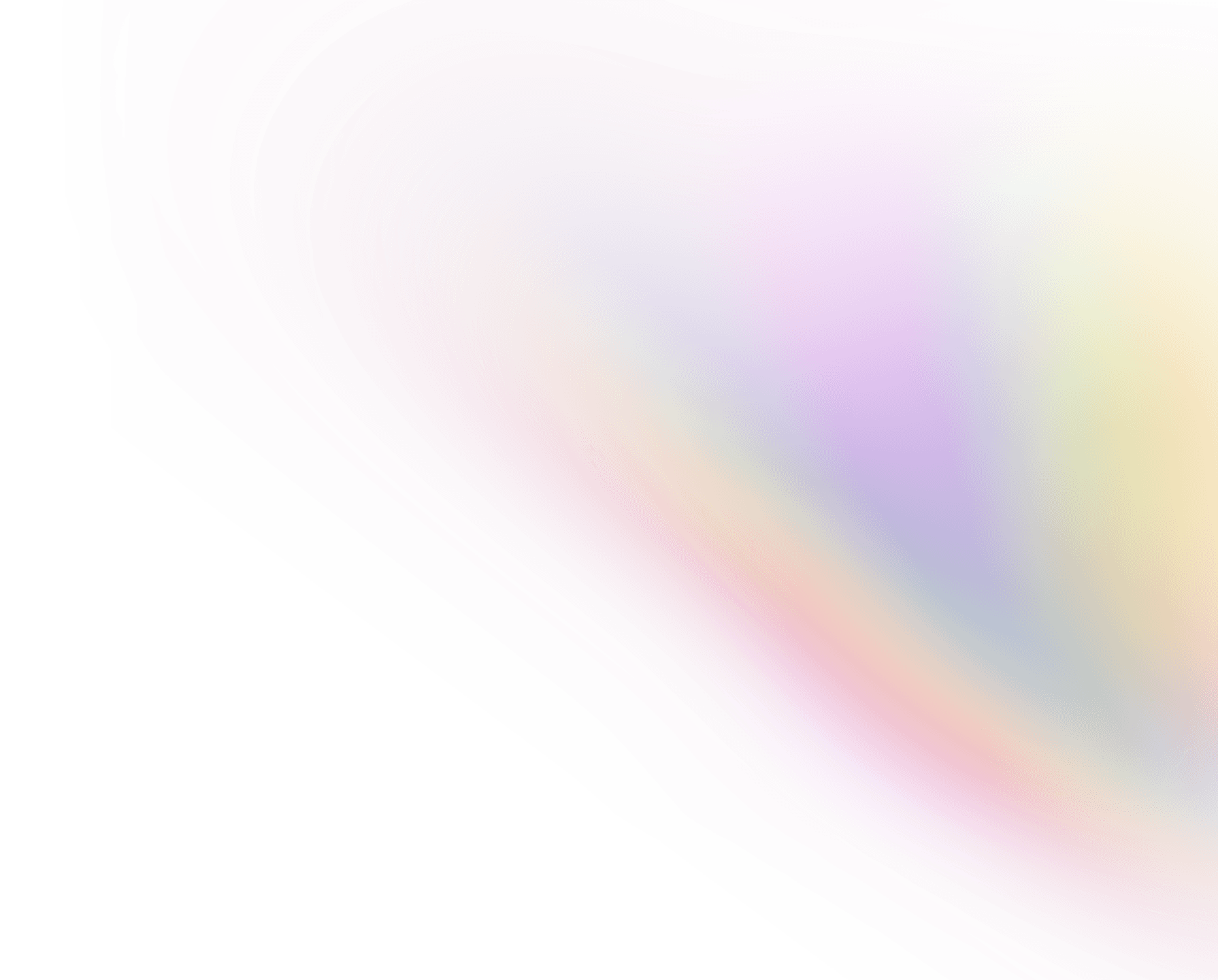Animations and Micro-interactions
Apr 8, 2023

In the rapidly evolving landscape of design, where creativity meets technology, the integration of artificial intelligence (AI) has emerged as a transformative force. Designers are increasingly exploring the myriad ways AI can enhance their workflows, spark creativity, and unlock new possibilities in the creative process. In this essay, we'll delve into the various ways designers can harness the power of AI to revolutionize their craft.
Getting Started
Definition of AI in design: AI refers to the simulation of human intelligence processes by machines, particularly in tasks traditionally requiring human intelligence, such as visual perception, decision-making, and language understanding.
Emergence of AI in design: From automated design tools to generative algorithms, AI has permeated various aspects of the design process, offering designers innovative solutions and unprecedented capabilities.
Enhancing Creativity with AI
Creative Assistance: AI-powered tools can assist designers in brainstorming ideas, generating concepts, and exploring new design possibilities.
Style Transfer: AI algorithms can analyze existing designs and apply similar styles to new projects, providing inspiration and facilitating experimentation.
Personalized Recommendations: AI-driven platforms can analyze user preferences and behavior to deliver personalized design recommendations, tailored to individual needs and preferences.
Automating Repetitive Tasks: AI can automate mundane and time-consuming tasks such as image editing, layout design, and file organization, freeing up designers' time for more creative endeavors.
Framer AI Assistant
Predictive Analytics: AI algorithms can analyze historical data and user behavior to predict design trends, market demands, and consumer preferences, enabling designers to make informed decisions and stay ahead of the curve.
Iterative Design: AI-powered design tools can facilitate rapid prototyping and iteration, allowing designers to explore multiple design variations and refine their ideas more efficiently.
Animations and Micro-interactions
Apr 8, 2023

In the rapidly evolving landscape of design, where creativity meets technology, the integration of artificial intelligence (AI) has emerged as a transformative force. Designers are increasingly exploring the myriad ways AI can enhance their workflows, spark creativity, and unlock new possibilities in the creative process. In this essay, we'll delve into the various ways designers can harness the power of AI to revolutionize their craft.
Getting Started
Definition of AI in design: AI refers to the simulation of human intelligence processes by machines, particularly in tasks traditionally requiring human intelligence, such as visual perception, decision-making, and language understanding.
Emergence of AI in design: From automated design tools to generative algorithms, AI has permeated various aspects of the design process, offering designers innovative solutions and unprecedented capabilities.
Enhancing Creativity with AI
Creative Assistance: AI-powered tools can assist designers in brainstorming ideas, generating concepts, and exploring new design possibilities.
Style Transfer: AI algorithms can analyze existing designs and apply similar styles to new projects, providing inspiration and facilitating experimentation.
Personalized Recommendations: AI-driven platforms can analyze user preferences and behavior to deliver personalized design recommendations, tailored to individual needs and preferences.
Automating Repetitive Tasks: AI can automate mundane and time-consuming tasks such as image editing, layout design, and file organization, freeing up designers' time for more creative endeavors.
Framer AI Assistant
Predictive Analytics: AI algorithms can analyze historical data and user behavior to predict design trends, market demands, and consumer preferences, enabling designers to make informed decisions and stay ahead of the curve.
Iterative Design: AI-powered design tools can facilitate rapid prototyping and iteration, allowing designers to explore multiple design variations and refine their ideas more efficiently.
Animations and Micro-interactions
Apr 8, 2023

In the rapidly evolving landscape of design, where creativity meets technology, the integration of artificial intelligence (AI) has emerged as a transformative force. Designers are increasingly exploring the myriad ways AI can enhance their workflows, spark creativity, and unlock new possibilities in the creative process. In this essay, we'll delve into the various ways designers can harness the power of AI to revolutionize their craft.
Getting Started
Definition of AI in design: AI refers to the simulation of human intelligence processes by machines, particularly in tasks traditionally requiring human intelligence, such as visual perception, decision-making, and language understanding.
Emergence of AI in design: From automated design tools to generative algorithms, AI has permeated various aspects of the design process, offering designers innovative solutions and unprecedented capabilities.
Enhancing Creativity with AI
Creative Assistance: AI-powered tools can assist designers in brainstorming ideas, generating concepts, and exploring new design possibilities.
Style Transfer: AI algorithms can analyze existing designs and apply similar styles to new projects, providing inspiration and facilitating experimentation.
Personalized Recommendations: AI-driven platforms can analyze user preferences and behavior to deliver personalized design recommendations, tailored to individual needs and preferences.
Automating Repetitive Tasks: AI can automate mundane and time-consuming tasks such as image editing, layout design, and file organization, freeing up designers' time for more creative endeavors.
Framer AI Assistant
Predictive Analytics: AI algorithms can analyze historical data and user behavior to predict design trends, market demands, and consumer preferences, enabling designers to make informed decisions and stay ahead of the curve.
Iterative Design: AI-powered design tools can facilitate rapid prototyping and iteration, allowing designers to explore multiple design variations and refine their ideas more efficiently.
Enhance your workflow with Karla Framer template. Made for SaaS and Startups


